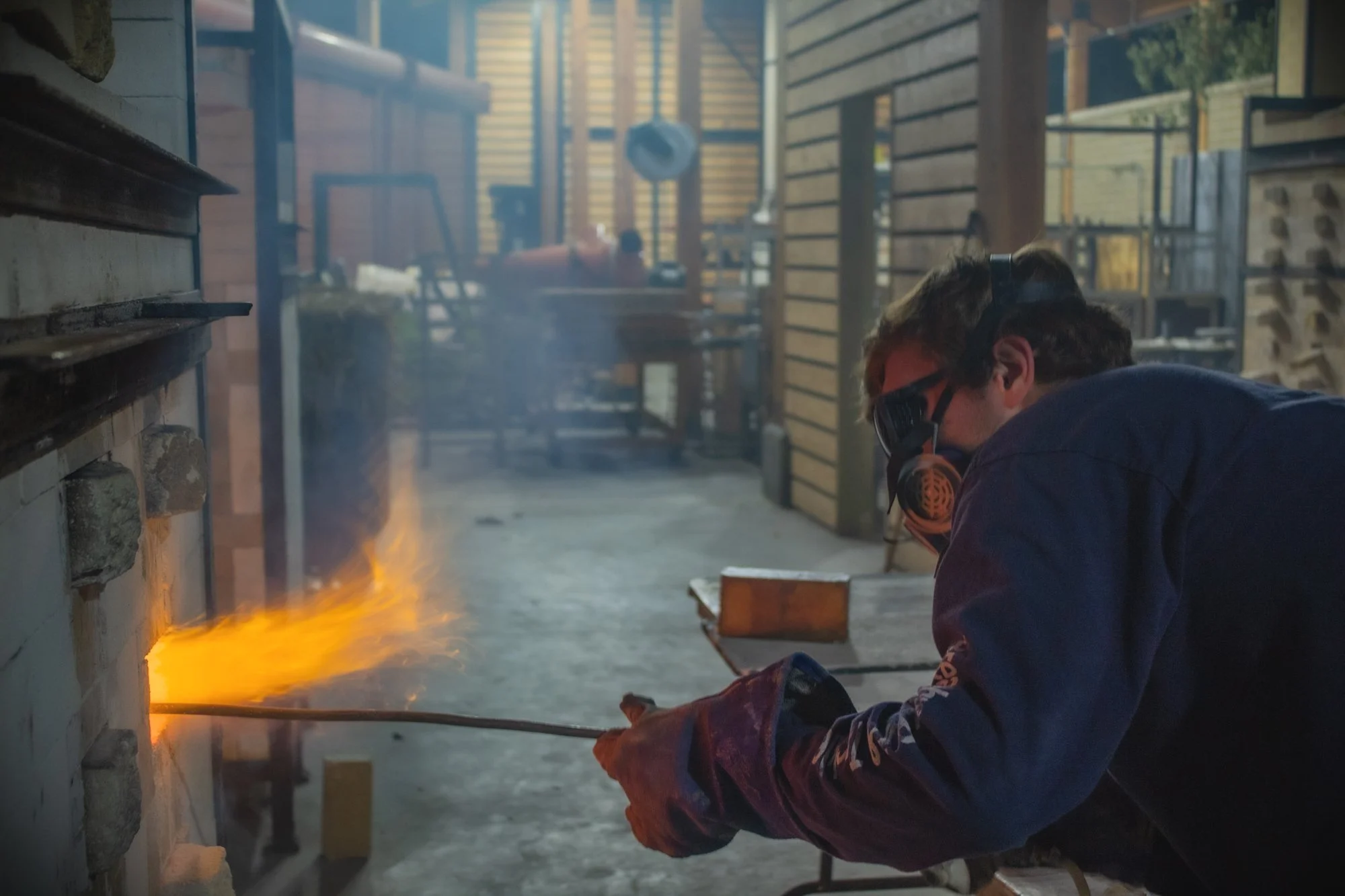About
Bio
Hunter Cady is a ceramic artist and educator based in the Litchfield Hills of northwest Connecticut. Raised in Barkhamsted, Connecticut, as the eldest son of ceramic artist and educator Kathy Cady, Hunter has been immersed in clay from an early age. His current work explores the dynamic surfaces created through soda firing, which informs the form, function, utility, and exploration of his vessels. He earned his BFA from Alfred University in 2020, where he was honored with the Val Cushing Award. Hunter has led classes and workshops at numerous studios throughout Connecticut, Massachusetts, and New York. He continues to develop his studio practice within the rich tradition of ceramics, combining technique with a deep appreciation for the tactile and aesthetic qualities of the medium.
